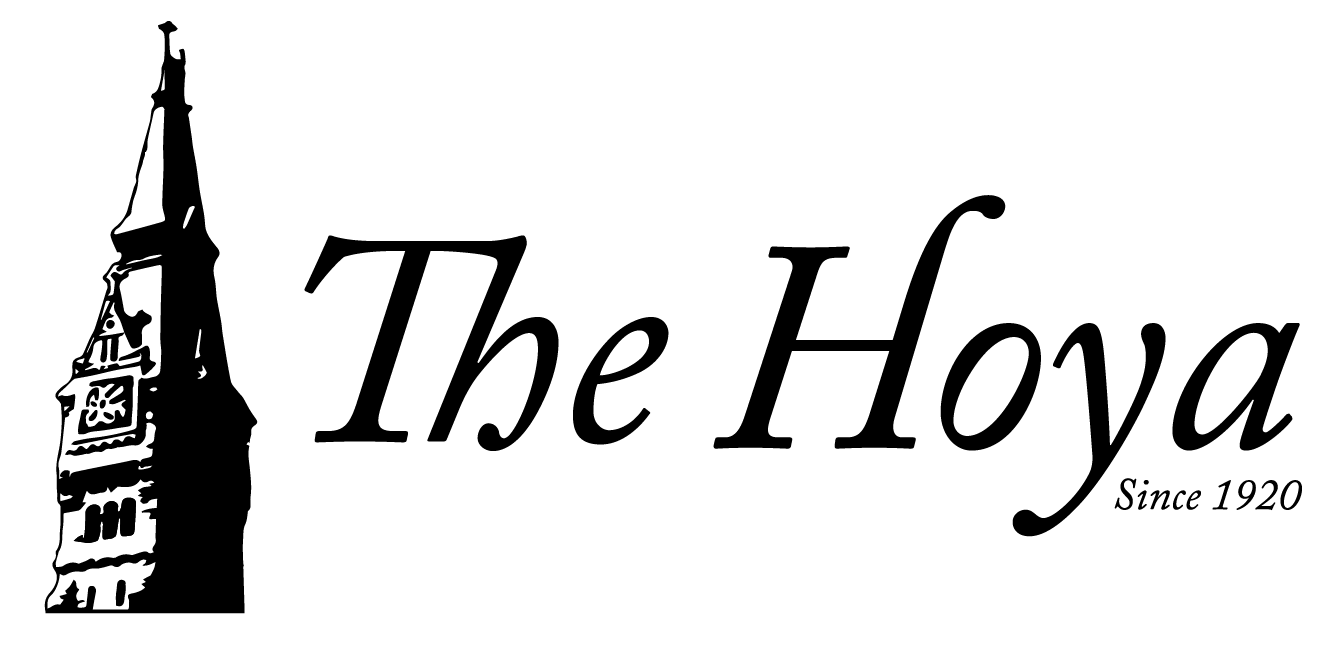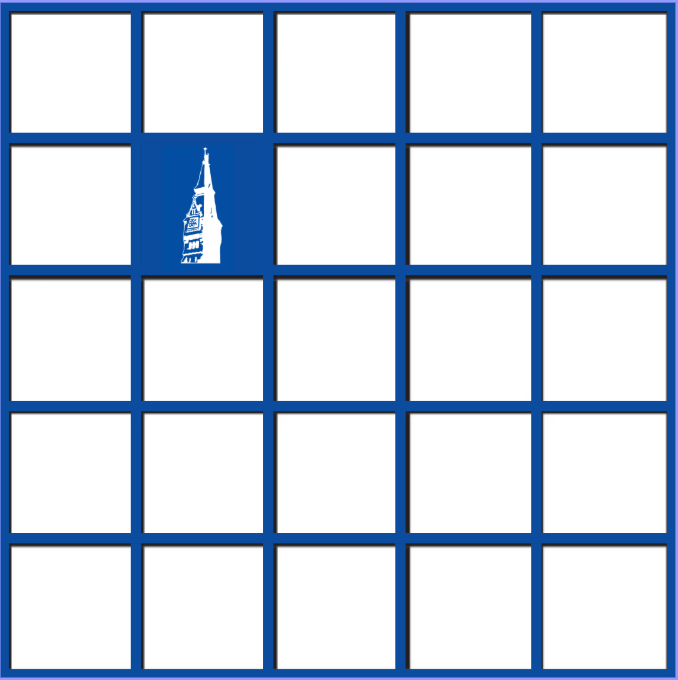To the Editor:
Eric Rodawig’s comments about “a la carte” cable television pricing (“`A La Carte’ Cable System Will Cost Viewers,” THE HOYA, Feb. 10, 2006, A3) aren’t grounded in fact or experience and seem to miss the mark entirely on why “a la carte” pricing is needed.
“A la carte” cable lets subscribers select only channels they want from a menu of individually priced channels. Instead of being forced to pay for 60 to 150 channels per month to receive the handful that most television viewers are really interested in, viewers can elect to pay higher per-channel prices for only the channels that they intend to watch.
Rodawig agues that all cable pricing could rise if “a la carte” is offered alongside channel packages as a choice for cable subscribers. “Unbundling,” as he calls it, would leave some channels by the wayside, reduce cable industry revenues and result in smaller offerings at higher prices.
The reality of “a la carte” cable television when offered with traditional channel packages in the 1990s was that it created a more vibrant marketplace. Large discounts for large packages convinced the vast majority of subscribers to stick with traditional channel packages of 40 or more channels. “A la carte” appealed primarily to families on limited incomes and senior citizens on fixed incomes.
The rough economics of “a la carte” aren’t hard to calculate. If a consumer wants to delete cable’s cash cows from his or her bill, the cost of the better channels will rise.
That is the beauty of “a la carte.” That is not something to be afraid of.
To a retired veteran and spouse who have trouble producing Veterans Administration hospital co-payments for life-sustaining medical services, a $15-per-month cable bill that delivers 10 wanted channels (without the additional $30 per month for 80 additional channels that the couple have no interest in) can mean the difference in whether that couple enjoys the quality that cable television offers.
Bill Housden
Newcastle, Okla.
Feb. 9, 2006






